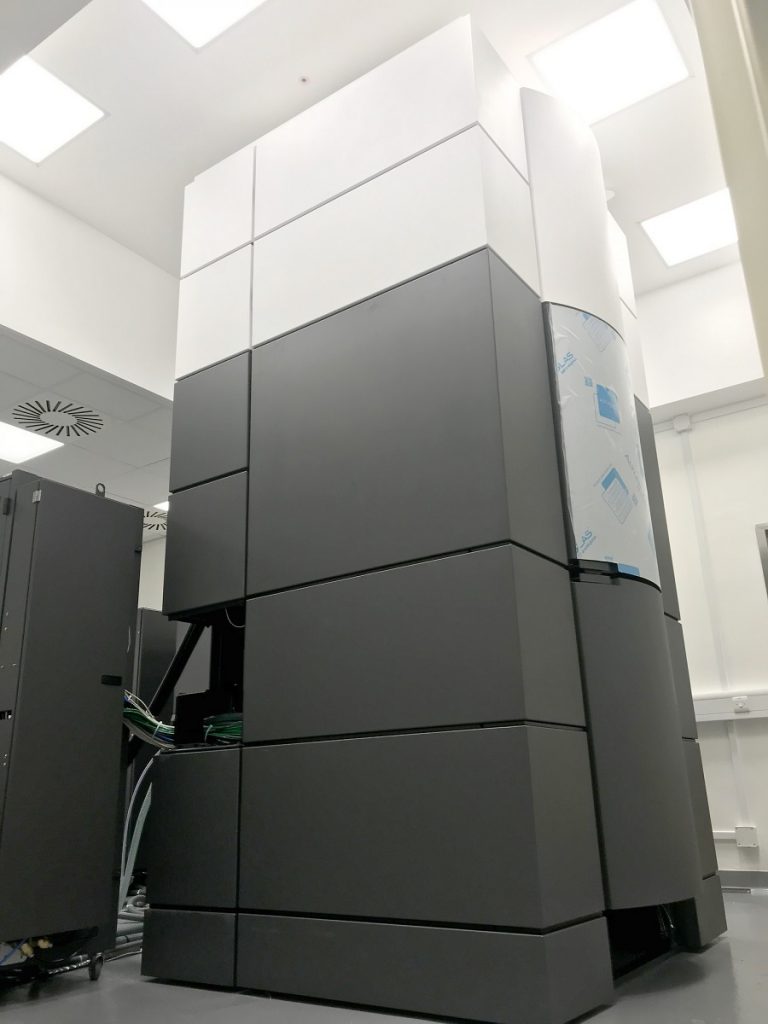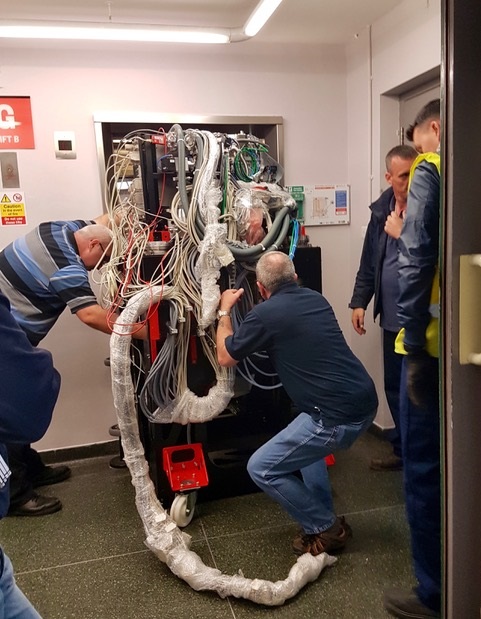This is the third in a series of blogs showcasing the Birkbeck 2020 Public Engagement Awards winners and highly commended participants. This project was announced a winner in the category ‘Community Engagement’.

A recent study exploring tuberculosis-related stigma in Kolkata, India, concluded that there is a need for more community awareness programs to dispel misconceptions on tuberculosis (TB). In spite of the presence of various awareness campaigns at local and national level in many of the high-TB prevalent countries in the world, the spread of misconception and TB related stigma are still prevalent in the community. Many are not aware of the dangers of drug resistant TB for which patients fail to comply with doctor’s advice and do not adhere to given medication.
Professor Sanjib Bhakta and Ms Sreyashi Basu, a graduate of University College London and founder of the ‘Joi Hok!’ initiative, envisaged a project to bridge the gap between laboratory science and public health research, with the goal to train and educate communities. The goal of Joi Hok! is to alter perception of TB amongst the local community through a network of local artists, musicians and health professionals. The initiative centres on educating the youth of today’s generation, through a series of routine workshops which take place in semi urban and rural schools. These workshops encourage children from underprivileged families who are disproportionately affected with disease – to engage, learn, discuss and respond to the health issues related to TB through a process of creative inquiry. Students are encouraged to be more comfortable to talk about TB within their household and become proactive in addressing concerns and misconceptions related to TB among their peers. They will then presumably transfer this knowledge to household members, which in turn could encourage completion of treatment over a stipulated time. Until the lockdown due to the COVID-19 outbreak was declared in India, Joi Hok! workshops were being carried out at rural and semi-urban schools in and around Kolkata, West Bengal, and they consist of the following:
A Puppet show: ‘Putul naach’ is the traditional string Puppet show which usually narrates an everyday story. This is a very common method of mass education in villages of Bengal, and is native to Tripura. A puppet show audio-visual is shown depicting the story of a young family man with the disease who is outcast by the village people. This will encourage students to discuss the social issues of neglect and discrimination TB patients face through the interactive quiz which follows after.
Presentation: A short informative animated powerpoint presentation on the basics of tuberculosis infection, transmission, treatment and antimicrobial resistance is shown to the students. Interaction is encouraged throughout.
Games: A picture card game was designed with images of TB symptoms and other attributes such as, Microscope, MDR-TB etc – helping the children to remember key terminology from the presentation.
Patachitra: Patachitra is traditional paintings from Mednipur done with organic dyes, and is constructed on handmade paper in a scroll format. Every Patachitra has a song related to it called ‘patua sangeet’ which is sung while unfurling these scrolls. Instruments and lyric sheets are distributed and the children sing along as a patachitra scroll on TB is presented. Following the music session, students will be encouraged to attempt patachitra sketching on paper to express their understanding of TB.
Birkbeck’s Public Engagement network commends Prof. Bhakta and Ms Basu on this outstanding public engagement project. They are the winners in the category ‘Community Engagement’.
Further information:





